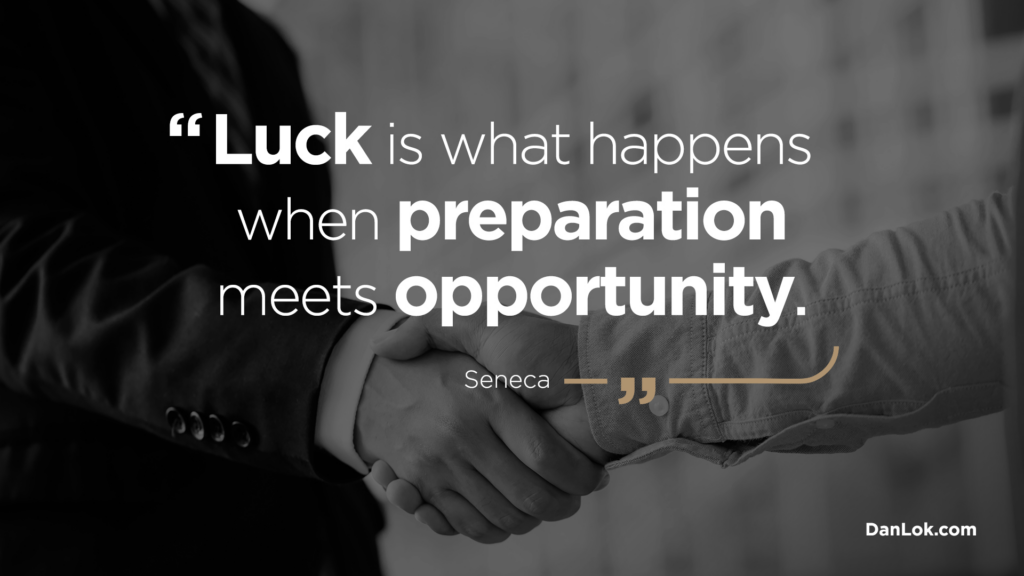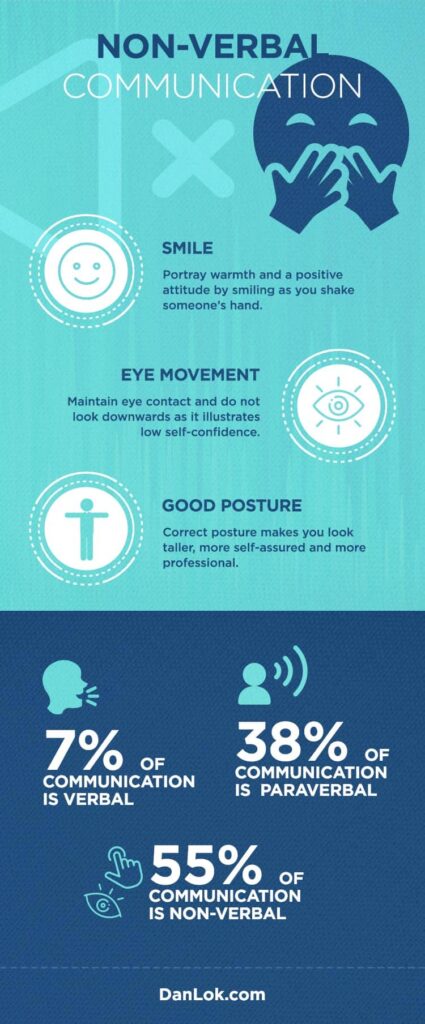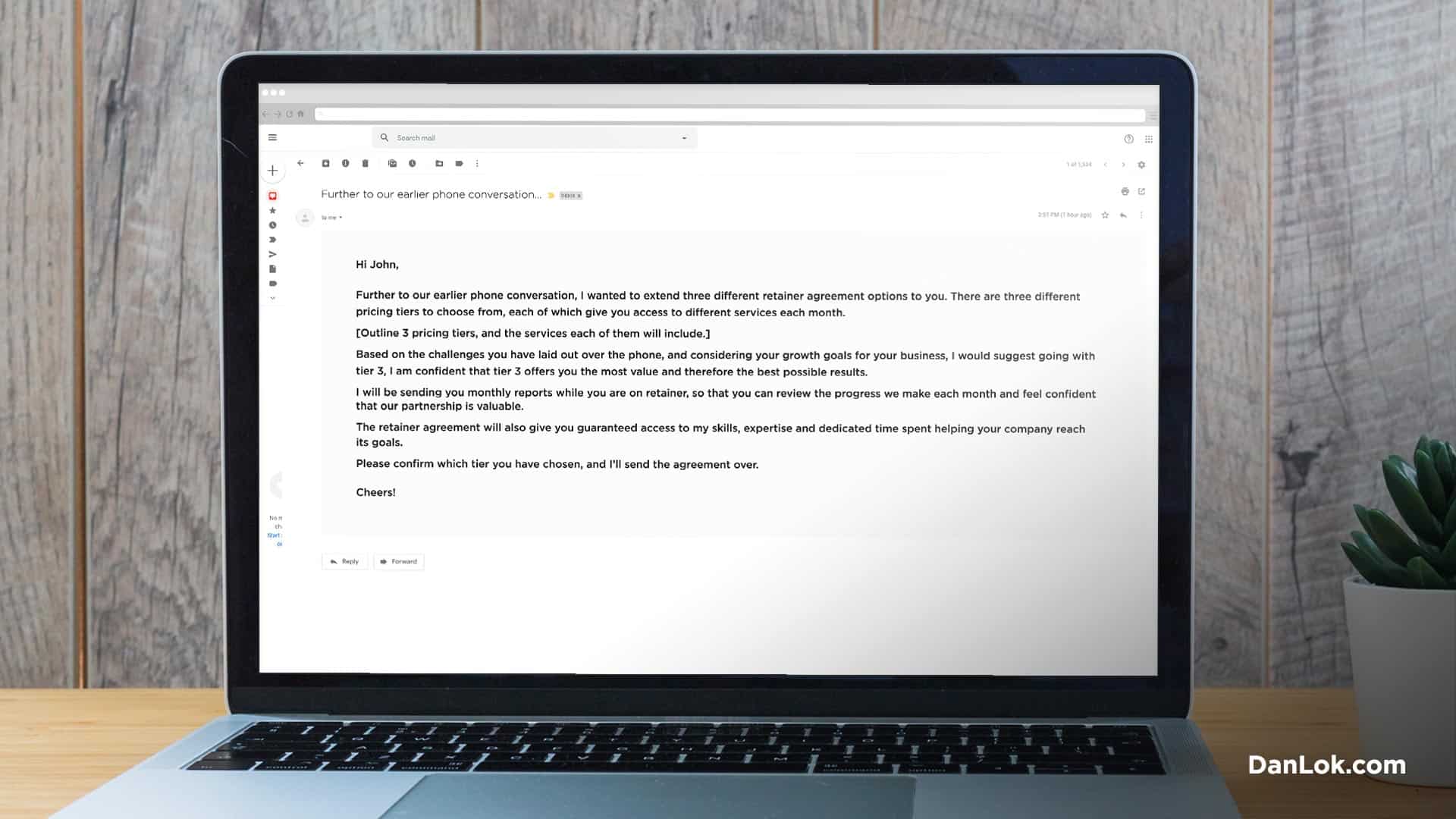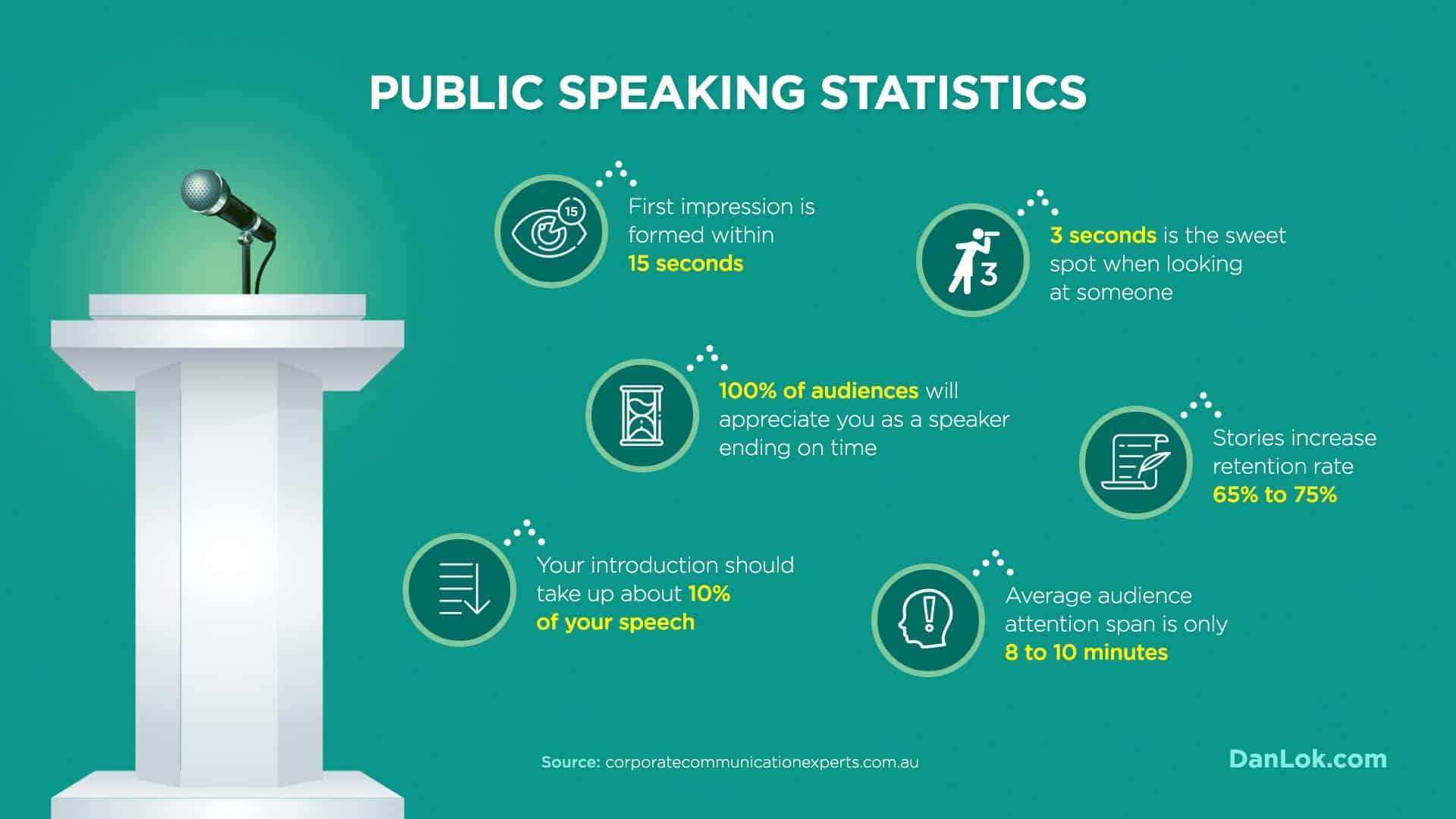Feeling trapped by your business partner and looking for a way out? Learning how to get out of a bad business partnership can be difficult, especially when legally binding documents such as contracts are involved.
There’s no worse feeling than being stuck in a business contract with a bad business partner. At that point you’ll be dying to know how to get out of a bad business partnership.
At first, everything was going smoothly. You were on the same page, you had the same goals and it made sense for you to become business partners. But as time went on, small cracks began to appear. First it was a few emails that they didn’t reply to. Then it was an important business decision made without your approval. And slowly but surely, those cracks began getting larger and larger.
Now, it’s gotten to the point where you two are on completely different tangents, and you don’t know what to do. You feel like they are holding you and the business back. Perhaps it’s finally time for you to part ways with them and go on separate paths. If you’re wondering how to get out of a bad business partnership, let’s discuss a few tips to help you do so:
How a Bad Business Partner Creates Resentment and Kills Business Potential
Imagine that you are a tiger on an isolated mountaintop. You have not eaten for three days, and you are starving. But a few moments later, you see a nice looking deer that is within range of you. You begin stalking towards it slowly, careful not to make any noise to alert the deer of your presence.
As you get closer and closer, you realize there is another tiger on the opposite side of the mountain that is doing the same thing. That tiger is also slowly making their way towards the deer – your deer.

That tiger poses as a direct threat towards what was supposed to be your food source. Now you have a decision to make – you can either walk away and try to find another deer that isn’t contested, or charge towards the deer and hope you get to it before the other tiger does. But even if you manage to reach the deer first, you still run the risk of having to fight off the tiger in a bloody battle in order to claim your spoils.
The tigers represent you and your business partner, and the deer represents the business. In a fruitful business relationship, this does not happen. Both tigers would be looking to work together in order to capture the deer. They would split the food amongst themselves. That way, both of them can eat and neither one starves.
In a bad business partnership, you and your partner will end up fighting each other in order to gain control of the business. Even if you do reach the deer in time, you will have to put up a fight in order to keep it. And this struggle continues until one of you gives up and can’t fight any longer.
When a Prosperous Business Partnership Suddenly Turns Sour
Not surprisingly, most business partnerships do not work out. Statistics show that 70% of business partnerships ultimately end up in failure. More often than not, most business partnerships are between spouses or family members, which makes getting out of it even more complicated. This is due to a variety of reasons such as trust issues, lack of communication, and not drawing the line between business and personal life.
If things aren’t working out, you need to examine why. Why did the business partnership go downhill? Is it an issue between you and your partner, or something in the business? Getting clear about where you are coming from can save you a lot of headaches down the road and give you clarity about what exactly is not working out.
For example, if the issue is that you and your partner are incompatible, then there is no choice but to move on. That means either you or your partner has to leave the business, and go your own separate ways. Two tigers cannot share the same mountain, just as two incompatible business partners cannot run the same business.
One Mountain Cannot Contain Two Tigers. - Ancient Chinese Proverb Click To TweetThe Risks of Starting a Business With a Family Member or a Friend
Starting a business with a trusted family member or friend can seem like a very intriguing idea. However, when it comes to business there is more at stake than simply just losing the business. With business comes money, and money is widely seen as a controversial issue. If you are going to start a business with someone you know, ask yourself if you can handle the worst case scenario.
If for example your business partner is your spouse, you have to make a decision. Do you want to save the business, or do you want to save your marriage? In the situation where neither person wants to back down, making a decision like that is sometimes necessary. Either one of you has to accept that things are only going to get worse, unless someone surrenders. That means letting them take over the business and calling all the shots, whether or not you want them to.

In Dan’s own organization, his wife Jenny is a valuable business partner. However, as much as he values her insight and opinions, at the end of the day his word is final. They have come to an agreement that as chairman of The Dan Lok Organization, his decisions have more weight than anyone else’s. As a result, everyone in my organization understands that even if they think he is wrong, they have to respect and follow his decisions. Because of this rule, it makes it easy for everyone to come to an agreement, and keep our business lives separate from our personal lives.
When Your Business Partner is Strictly Business
If your business partner is your friend or family member, you have to take your relationship into account when making a decision to walk away. However, if your business partner isn’t closely related to you, then it simply comes down to a matter of business.
When you first started out as partners, you most likely had contracts and agreements in place. In most businesses, partners will divide up the company into shares, and allocate an even number of majority shares to each partner. That means you and your business partner could be holding onto 40% of the company, with 20% open to the public. If you want to get out of your business partnership, you will have to sell your shares to your partner. However, if you want to continue running the business and want your partner out of the picture, that means you will have to buy their shares.
Business is all about negotiation. In the scenario where both of you are in agreement – you want to own the company and they want to leave, your partner will state their price and the two of you will negotiate back and forth about how much their shares are worth. Once you’ve reached an agreement, simply sign the documentation, shake hands and you both continue on your way.
The worst case scenario when two business partners aren’t closely related, is that both of them want to run the company and neither is willing to budge. That means either you have to make them an offer they can’t refuse, or you make the decision to walk out.
Making The Difficult Choice Between Leaving The Business or Fighting For Control
If you and your business partner are not aligned – which is the most likely case considering you want to get out of the business partnership, you have to decide. Are you willing to make the sacrifice and leave the business, after you’ve poured in all your energy, time, sweat and money? Or will you stand your ground and stubbornly fight for control – and risk bringing the business down with you?

Fighting for control of the business is a game of chicken. It is like both of you being in two separate cars side by side, racing toward the finish line of bankruptcy. Whoever decides to hit the brakes first before crossing the finish line, loses control. The one who perseveres the longest, becomes the one and only chairman. In the process however, the business will have plummeted in value due to both of you fighting for control instead of managing the business. What’s left over are the scraps of a business you once had, and your job after regaining control will be to rebuild everything you have just lost. It may be a victory, but it will be a bitter one.
The other choice you can make, is to walk away. If you choose to walk away, realize that it doesn’t mean you have lost or given up. It simply means you recognize that fighting for control of the business with someone who is not willing to negotiate is not worth your time and energy. Your time that you would use to try and gain control, is much better used to pursue other more fruitful opportunities that await you. And you never know – in the future your partner may want to sell the business. That gives you an opportunity to buy back the business.
How a Royalty Agreement Allows Both Partners to Remain in Control
In situations where neither partner wants to budge, both parties can still own the business without having to step on each other’s toes.
For example, let’s say your business partner created the product or service and you managed the daily operations. After working together, you realize they aren’t that passionate about continuing to run the business, leaving you to do most of the work. After many heated arguments, your business partner declares they don’t want to give up the ownership or right to their own product. But without it, your business can’t continue functioning.
One way to allow them to remain the rightful owner while you run the daily operations of the business, is with a royalty agreement. A royalty agreement allows the creator of the product to earn royalties for every sale that is made. This way, your business partner can still profit from what was originally theirs, and you can continue running the business the way you want to. Now, instead of having arguments about who rightfully owns the business, you can focus on running and making it grow. It’s a win-win situation for everyone involved.
Always aim to create a win-win situation in business. Click To TweetWhen You Can’t Reach an Agreement, Let Your Employees Make The Decisions
If you and your business partner can’t come to an agreement, the best thing may be to not agree at all. This is where the old saying “Agree to disagree” comes in. In situations where a compromise is not possible, but both partners understand that the business won’t succeed if they continue their arguments, a third party may be the best solution.
Instead of letting the company be run by either partner, you can delegate that task to your employees. Some of the most successful companies today are not run by the owner’s themselves, but by employees acting as the CEO or President. Because they aren’t personally invested in the company as much as the owner’s, they are able to provide a rational perspective and avoid any conflict that would arise from having just one person running the company. That’s why larger companies will have a board of directors, to allow decisions to be made only if there is a majority vote from many members.

By letting a middleman such as hiring a CEO to run the company, you and your partner can still own the business without needing to get involved in the internal affairs and conflict that would arise. Even if you and your partner hate each other’s guts, you won’t feel the same way towards a third party who is making decisions on your behalf.
If you’re struggling to get out of a bad business partnership, the best option may be to substitute yourself with an employee who is willing to take over your role and responsibilities.
Getting Out of a Bad Business Partnership: What’s Next?
Let’s say that despite trying to negotiate and work things out, you think the best thing to do is for you and your business partner to go separate ways. What do you do after that? Should you secretly check up on them every single day and hope that the business will fail without your guidance? Or should you be humble, accept that it’s just business and move on?
In the world of business, nothing is personal. Learning to let go after a setback or negative experience is just as important as learning how to build a business. If you carry around your past with you, it will only negatively affect you in the long run and harm you in any future endeavors you may undertake.
Keep your business life and your personal life separate. Letting your personal emotions cloud your thoughts and affect your judgement means you never really got out of a bad business partnership. You’re still with someone who’s toxic or doesn’t help you grow. And this time, that business partner is someone you won’t ever be able to walk away from: Yourself.

Learn From Your Failures: Don’t Be Haunted By Them
Dan’s executive director Desmond had a similar story. When he was younger, he became business partners with some Australian men that took advantage of him. At that time, he was young and eager and displayed a lot of passion for entrepreneurship. These are the kind of qualities that will get you ahead in life. But unfortunately, these are the same qualities that his business partners would later on take advantage of.
His business partners saw that he was young and eager, and used him for their own personal gain. He ran the company, putting in his time, sweat and energy and in a few years grew it to the million dollar mark. One day when he tried contacting his business partners for an important meeting, he felt something was wrong.
They wouldn’t reply to his phone calls. They wouldn’t reply to his emails. All the ways he previously contacted them before, no longer worked. At that moment, he realized that his usefulness had come to an end. The company was wildly profitable, and so were the owners.
Overnight, his business partners took everything and left him with nothing. He had nothing to show for all his years of hard work, except the tears that were shed as the realization of what had happened dawned on him.
A few years later, Dan would meet Desmond and listen to him tell me this exact story. And unlike his former business partners that sought to use him for their own personal gain and then leave when the time was right, Dan made sure Desmond knew that if they were to become business partners, they would be in it together.
A 4 Step Process To Getting Out of A Bad Business Partnership
If you’re stuck in one and want to know how to get out of a bad business partnership, here’s a 4 step process you can use.
1. Get Clear On What You Want Out Of It
At this point you are clear that you want nothing to do with your business partner any longer. You cannot work alongside them, or you want complete control of the business. The first step is to decide what you want.
Ask yourself what you want to salvage from the partnership. Do you want a cash severance for all the years of work you put into the business? Or do you want your business partner to step down and let you make the decisions? You need to get clear and stay clear on what you want after ending the business partnership. These should be things that are non-negotiable.
When you finally talk to your business partner about ending the partnership, you need to know exactly what you want or you will settle for a compromise. For example, you might want 60% ownership of the company, but after talking to your business partner they might somehow influence you to settle for a million dollar check. In reality you could have forgot that it’s not about the money, it’s about owning and operating a business.
Unless you know exactly what you want, you will waver in your convictions. Get clear on what you want out of the partnership, before you approach them to end it.
2. Look At Your Partnership Agreement And The Business
If you have a partnership agreement from before you two became business partners, review the document and familiarize yourself with what was written.
Look at what belongs to your partner, and what belongs to you. If you both own equal shares in the company and you want to buy them out, you’ll have to determine how much it’ll be worth. If your business is making $10M annually in revenue and your business partner is preventing it from going any higher, it might be worth it to simply buy them out for $4M. While it may be a hefty price to pay, it’ll allow you to grow the business you want to without any limitations.
If you can grow the business so that it brings in $12M the next year and $14M the year after that, you’ve essentially gotten rid of a problem that only costs you 2 years worth of revenue. Analyze how much each decision would cost and then implement it.
3. Create A Legally Binding Agreement For The Breakup
Once you’ve talked to your business partner and negotiated a deal that you both can agree on, it’s time to put it into writing.
Create a legally binding agreement that includes the details for how you two will dissolve the business partnership. The agreement should detail what the terms and conditions include – such as exact sum of money that will be disclosed to either party, the rights each party now holds, and what each party is or is not allowed to do afterwards.
The last thing you want is for them to steal all your insider business secrets and become a competitor. If you want to avoid this, make sure your agreement outlines it in the terms and conditions.
4. Go Your Separate Ways
Once you’ve discussed with your business partner what you each expect and have put it into writing, the last step is to go your own separate ways. You two no longer have anything to do with each other, and can do things the way you like.
Unlike a bad relationship where one partner might have cheated on the other, your former business partner is a professional. Getting out of a bad business partnership is just like becoming partners – it’s a mutual agreement between two parties.
Don’t make the mistake of labeling your former business partner as an enemy or someone to get back at. You are simply two people that weren’t able to make the business relationship work. No one is to blame, and you both can now focus on what it is that matters to you.
Your Failures Only Make You Stronger
Knowing how to get out of a bad business partnership is only the first step towards becoming a success. As a teenager Dan failed at 13 businesses but never gave up despite being $100,000 in debt. Once he discovered that he could earn a high income without needing to rely on starting businesses with other people, his entire world changed. If you want to learn more about the skill of High Ticket Closing, watch the free training series here.




























